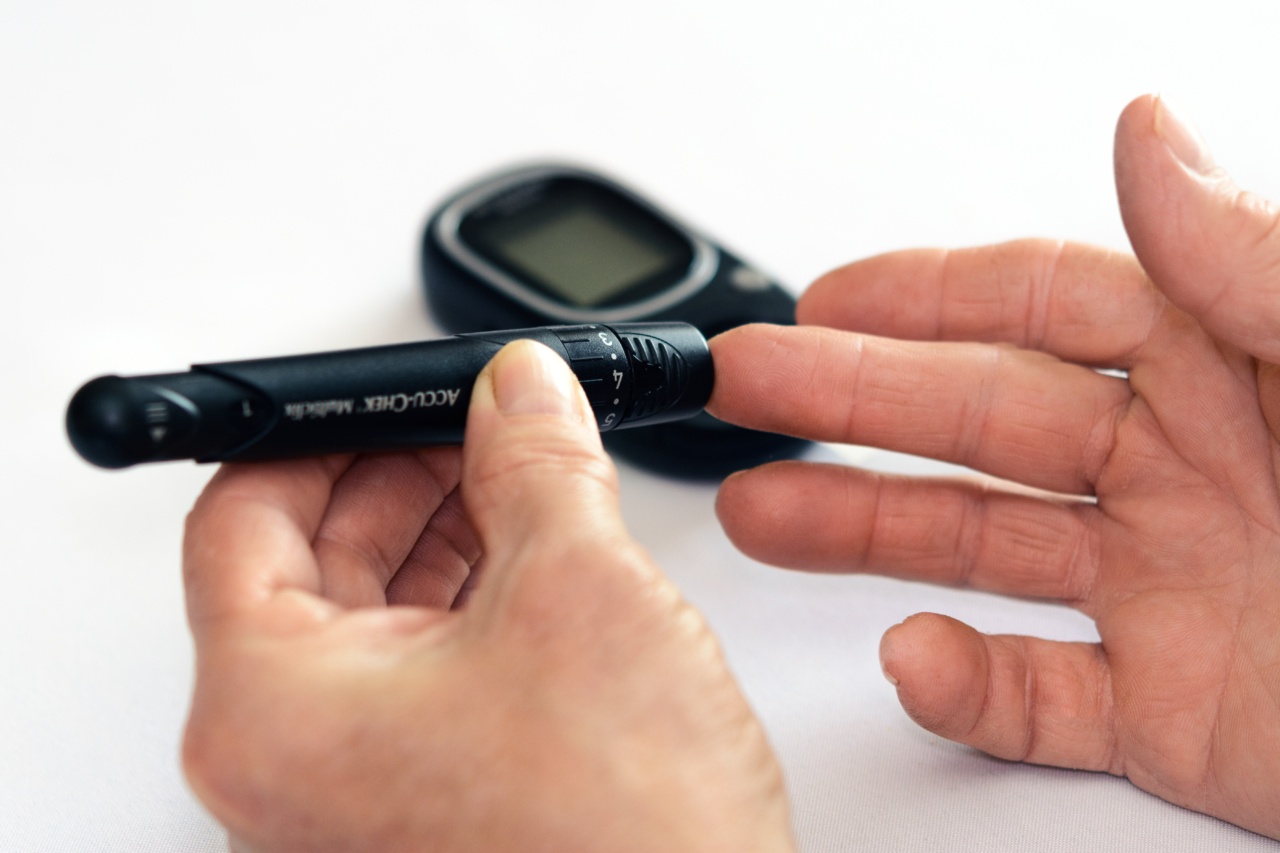The world is facing an alarming increase in the prevalence of diabetes which is mainly attributed to sedentary lifestyles.
Despite intensive research on diabetes prevention and management, it still remains one of the leading causes of morbidity and mortality worldwide. Type 2 diabetes which accounts for 90% of all diabetes cases is a largely preventable condition and early detection can lead to more effective treatment and better outcomes.
Thanks to a group of researchers, they have found a new molecular index which has the potential to predict the onset of diabetes.
What is Diabetes?
Diabetes is a metabolic disorder characterized by increased blood glucose levels. Blood glucose levels are regulated by the hormone insulin, which is secreted by the pancreas.
In people with diabetes, either the pancreas doesn’t produce enough insulin or the body becomes resistant to its effects, resulting in high blood sugar levels. If left untreated, diabetes can lead to serious health complications such as heart disease, stroke, kidney disease, and blindness.
Diagnosing Diabetes
Diabetes is diagnosed by measuring the blood glucose level.
A fasting blood glucose level of 126 mg/dl or higher on two separate occasions, or a random blood glucose level of 200 mg/dl or higher with symptoms of diabetes, such as excessive thirst or urination, are indicative of diabetes. Another test used to diagnose diabetes is the glycated hemoglobin (HbA1c) test, which measures the average blood glucose level over the previous 2-3 months.
The Newly Found Molecular Index
A group of researchers led by Dr. Dario Doller from the University of Illinois, Urbana-Champaign has identified a new molecular index which has the potential to predict the onset of diabetes.
The index is a measure of the ratio of two fatty acids, palmitate and oleate, which are present in the blood. The ratio of the two fatty acids was found to be significantly different in people with diabetes compared to people without diabetes.
How the Molecular Index Works
The molecular index works by measuring the ratio of palmitate to oleate in the blood. Palmitate is a saturated fatty acid which has been shown to promote insulin resistance and inflammation, both of which are risk factors for diabetes.
Oleate, on the other hand, is a monounsaturated fatty acid which has anti-inflammatory properties and is beneficial for metabolic health. The ratio of palmitate to oleate in the blood is a measure of the balance between these two fatty acids and can be used to predict the risk of developing diabetes.
Validation of the Molecular Index
The researchers validated the molecular index in a large cohort of people with diabetes and people without diabetes. They found that the index was able to distinguish between people with diabetes and people without diabetes with high accuracy.
The index was also able to predict the onset of diabetes in people who were at high risk of developing the condition.
The Potential of the Molecular Index
The molecular index has the potential to revolutionize the way diabetes is diagnosed and managed. It could be used to identify people who are at high risk of developing diabetes and enable early intervention to prevent the onset of the disease.
The index could also be used to monitor the progress of the disease and the response to treatment.
Conclusion
The newly found molecular index for predicting diabetes is a promising development in the fight against diabetes. It has the potential to enable early detection and intervention, which could lead to better outcomes for people with diabetes.
Further research is needed to validate the index in different populations and to determine the optimal cut-off value for predicting diabetes.





























